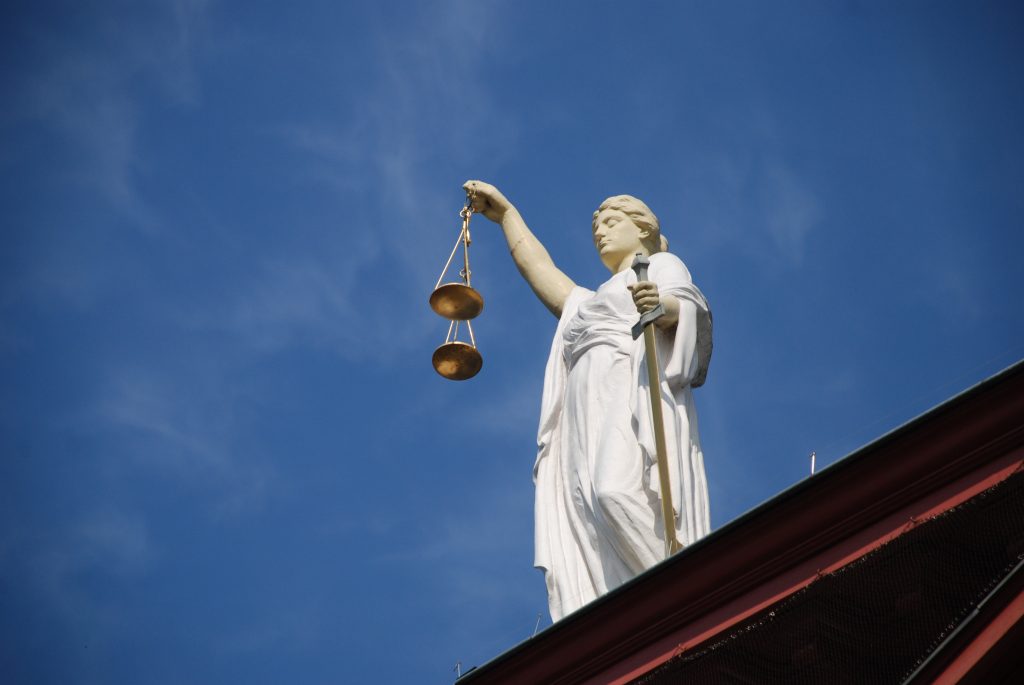Our Mission
The Association for Responsible Gene-Editing is dedicated to the protection of animals against harmful CRISPR/Cas practices. We seek to raise awareness within the scientific community of the ethical concerns surrounding certain CRISPR/Cas applications on animals, including animal, human, and environmental welfare, and advocate for legislation restricting the use of potentially harmful applications of this technology. We believe that while CRISPR/Cas holds immense potential in the filed of animal science, it raises worries that must be addressed and mitigated to avoid further harming the world around us.

The Problems with CRISPR/Cas in Animals
Animals, us, and our environment deserve better.
Invasive Procedures
The surgical process necessary for gene-editing an animal is most often intensely invasive, requiring procedures to be done on sensitive parts of animals’ bodies and usually with no anesthesia[19].
Animal Exploitation
Xenotrasnplant, or the transplant of gene-edited animal organs onto humans, places human interests first at the painful and deadly cost of other animals, using them purely for anthropocentric (human-centered) exploitation[20].
Factory Farming
Mass numbers of animals are required for the research and development of gene-editing technologies, which encourages cruel and harmful factory farming. Gene-editing is also being used to enhance and expand factories at the detriment of the animals in them[19].
Environmental Disaster
Further expansion of factory farming will increase the environmental cost of these farms, as pollution and emissions ravage the space around these factories[12]. CRISPR-based gene drives can also collapse entire food chains and ecosystems[6].
Human Danger
Lack of regulation on CRISPR-edited meats threatens to let unsafe products enter the market[18]. Expansion of factory farming also will lead to more labor exploitation as farmers often become the second victims of the factory farming industry[11].
And More…
CRISPR can produce severe unpredictable side-effects as the genome of animals has yet to be fully understood[15].
“And all these dimensions of our life, including our pleasure and pain, our enjoyment and suffering, our satisfaction and frustration, our continued existence or our untimely death—all make a difference to the quality of our life as lived, as experienced, by us as individuals. As the same is true of … animals … they too must be viewed as the experiencing subjects of a life, with inherent value of their own.”
Tom Reagan
Philosopher
Our Solution
We can change how CRISPR is used in animals to bring a better future for the world around us through a two pronged effort.
Self-Accountability
- Community members should strive to hold themselves accountable by learning about the ethical concerns of CRISPR/Cas in animals and being conscious of them in their daily work to avoid perpetuating the abuse of this technology.
- Institutions such as colleges or companies that interact with CRISPR/Cas should work to uphold their ethical responsibility in the way this technology is employed by creating and maintaining strict standards of work and reviewing their work through third-parties.

Government Regulation
- Governments should create and enforce relevant regulations on the use of CRISPR/Cas in animals to protect its citizens from harm. This includes establishing strict review processes for CRISPR/Cas gene-edited animals, regulating relevant industries like xenotrasnplants and factory farming, and creating government oversight for relevant research and development work.
- Governments should fund relevant agencies to empower their enforcement of relevant regulations to ensure efficiency and adequacy in their work.
Join Us
Get updates regarding the latest news in the field and get involved in our advocacy work.
Preventing abuse of CRISPR in animals
About
Privacy
Social
Designed with WordPress